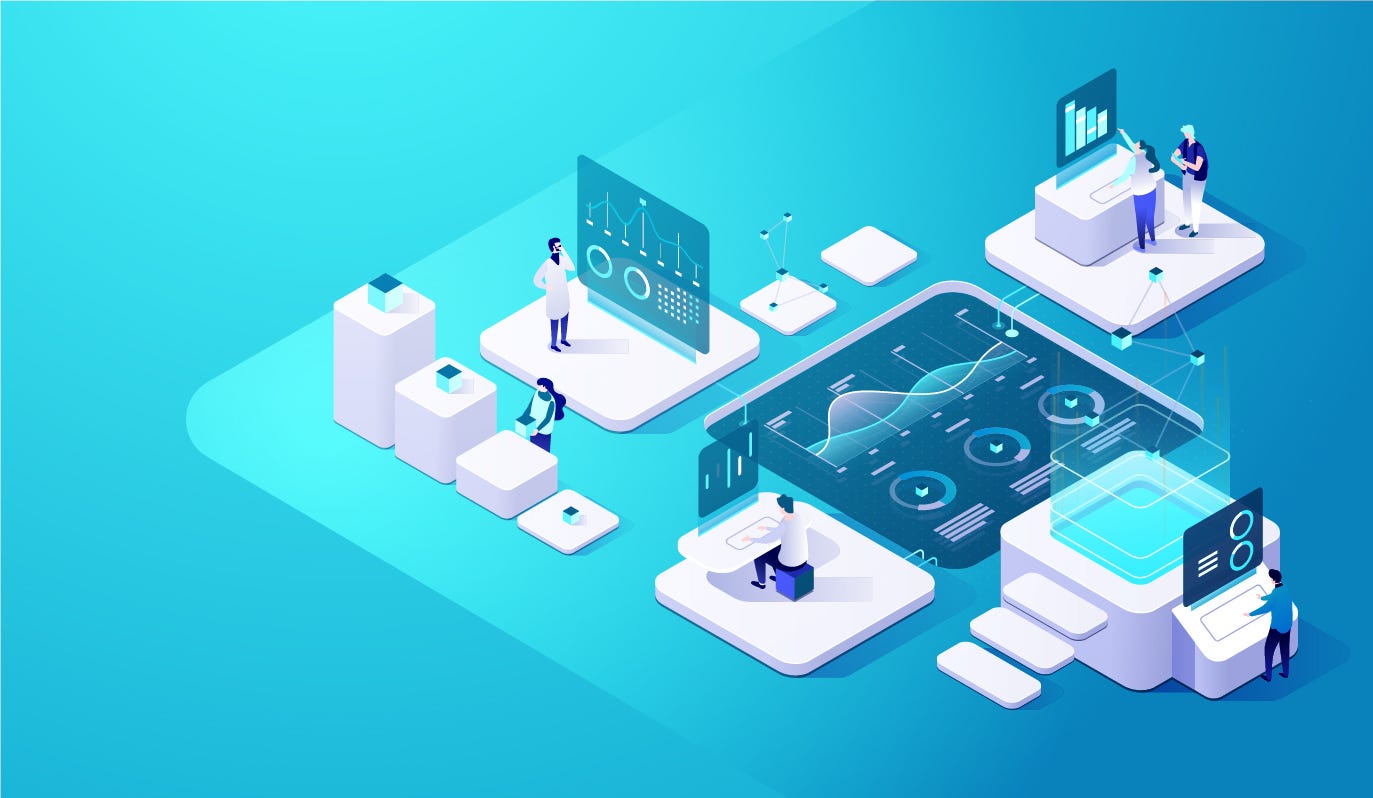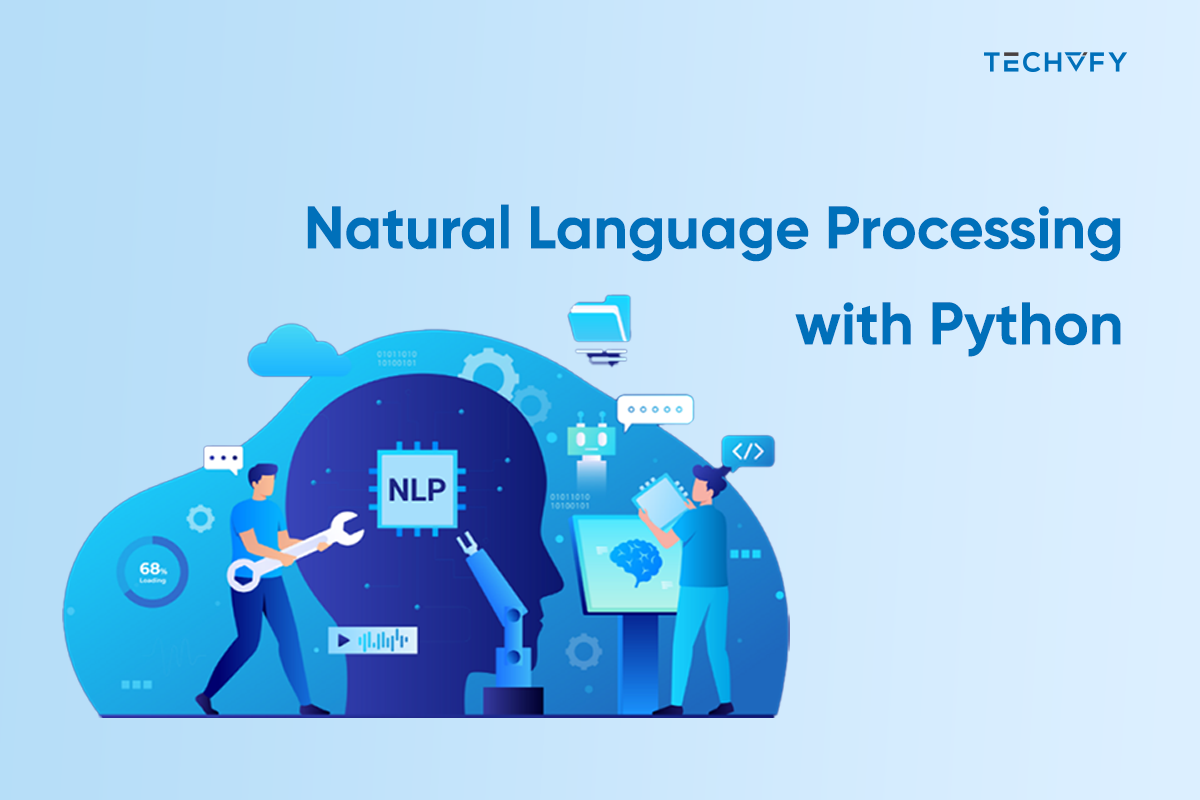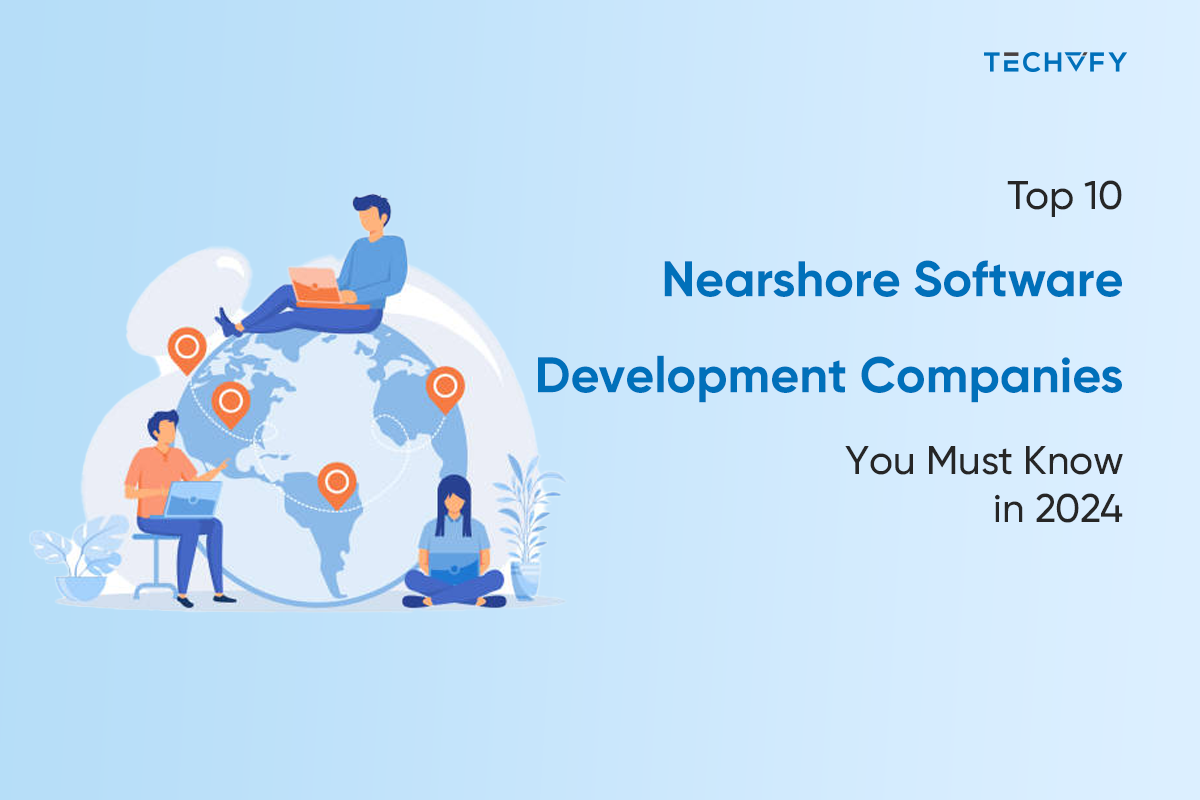Digital Transformation Framework – Your Definitive Guide For 2025
- David Ho
- 0 Comments
As technology progresses each year, it brings innovations that can overwhelm businesses. Staying updated is crucial because consumers favor the latest technology, and you need to adapt to avoid leaving behind your competitors.
However, this challenge can be addressed. By adopting a framework for digital transformation, companies can enhance their operations and offer improved services, staying ahead in the competitive landscape. Digital Transformation Frameworks serve as a guide, outlining strategies for businesses to follow and simplifying the transformation process.
Exploring Digital Transformation Frameworks reveals their importance, benefits, and application methods. Understanding these frameworks is key for businesses aiming to keep pace with technological advancements and competition.
I. Digital Transformation Framework: Overview
A Digital Transformation Framework is a set of guidelines and a strategic roadmap that companies follow to navigate the complexities of digital transformation. It helps businesses adjust their strategies to maintain a competitive edge.
For instance, cloud data migration, a key step in digital transformation, offers benefits but also presents challenges. Ensuring data security before, during, and after the process of migration includes the use of encryption techniques, implementing access management measures, and adhering to data privacy regulations such as GDPR or HIPAA.

Transferring large data volumes to the cloud can take much work, particularly with limited internet bandwidth, potentially causing delays and operational disruptions.
Addressing these challenges requires careful planning, a clear migration plan, and continuous cloud management. This underlines the value of a robust Digital Transformation Framework. The next section will explore why such a framework is vital.
II. Why is a Digital Transformation Framework Crucial?
The value of a Digital Transformation Framework is immense for businesses aiming to navigate through technological advancements, highlighting the key elements of a Digital Transformation Framework as essential tools for strategic planning and execution. Here are key reasons that underscore its importance:
- Clear Strategic Direction
It offers a well-defined roadmap for digital transformation, assisting in setting goals, pinpointing improvement areas, and outlining steps to reach digital milestones. - Effective Resource Use
Highlighting critical investment areas ensures resources are channeled towards projects that support the overarching digital strategy, avoiding expenditure on lesser priorities. - Informed Decision-making
A structured framework enhances decision-making with a focus on data and evidence, reducing the risks and uncertainties of digital projects. - Unified Organizational Effort
It aligns stakeholders and departments with a shared digital vision, promoting a collective push towards shared goals. - Adaptability and Growth
Designed for adaptability, the framework supports scaling and adjusting to new challenges and technologies, keeping pace with business evolution without losing strategic focus. - Risk Management
Early identification of potential risks through a systematic approach allows for formulating strategies to mitigate these risks, facilitating smoother transformation efforts. - Customer-Centric Approach
Prioritizing customer needs and preferences, the framework aims to improve customer experiences, thereby boosting satisfaction and loyalty.
This framework is indispensable for businesses seeking to effectively manage their digital transformation journey, ensuring strategic alignment, risk management, and a focus on customer satisfaction.
Looking for more Digital Transformation articles? Check these:
Learn More On:
III. Essential Components of a Digital Transformation Framework
1. People
Digital transformation centers on people, emphasizing the importance of human connections behind data. For many organizations, this means better understanding their consumers, clients, and employees. Traditionally, such insights came from direct interactions in small businesses or local vendors, where knowledge of customers and clients is rich but undocumented.
However, as organizations grow in size and complexity, maintaining the personal knowledge of customers and employees becomes challenging without technology and data.
2. Data
Data is crucial for expanding your understanding of customers and employees across large organizations and complex scenarios. It involves making records of interactions—what people do, their identities, and preferences—easily accessible. This process, known as digitization, converts human behavior into digital data (into 0s and 1s). The true value of technology lies not in the tangible aspects, like cheaper systems, but in the intangible benefits of gathering important data.

3. Insights
Data is often compared to oil, but its value lies in our ability to process and apply it effectively. Without proper frameworks or data science, it remains just raw numbers. However, we can transform data into meaningful insights with the right expertise and tools. Technology transitions to analytics, enabling us to interpret and give data significance. Through this, we can develop models to predict and understand patterns, not necessarily to be correct but to improve our approaches. All models have their flaws, yet some offer valuable insights.
4. Action
More than getting insights is required. Even the coolest discoveries are only useful with a plan to take action. As experts argue, even with advanced AI and data analysis, humans determine what to do with predictions.
- Let’s say insights tell you specific leaders might fail. How would you change hiring and development?
- What if insights say customers hate a product? How would that affect product development and marketing?
- Predict clients might switch to competitors? What then?
AI predicts, data offers insights, but “what next”?
Take action. Action needs specific skills, processes, and change management. That’s why talent is crucial for unlocking (or blocking) digital transformation.
Please feel free to contact us for a free consultation: AI & ML Development Services
5. Outcomes
At the end of the process, you assess the outcomes or impact. However, this isn’t the last step — once you consider outcomes, it’s time to revisit the data. The outcomes become part of a new, enhanced dataset enriched by the process’s findings. Through this cyclical process or feedback loop, your insights grow increasingly predictive, meaningful, and valuable, adding further value to the data. Meanwhile, this cycle also improves and refines the people skills necessary to collaborate effectively between humans and technology.
IV. How to Choose the Right Digital Transformation Framework
Step 1: Understand Your Objectives
Define clear goals for your digital transformation.
Step 2: Assess Your Current State
Evaluate your organization’s digital maturity and capabilities.
Step 3: Consider Your Industry and Market
Choose a framework relevant to your specific industry challenges and opportunities.
Step 4: Flexibility and Scalability
Select a framework that can adapt and grow with your organization.
Step 5: Stakeholder Alignment
Ensure alignment with the expectations of all key stakeholders.
Step 6: Integration Capabilities
The framework should integrate well with existing systems and technologies.
Step 7: Support and Resources
Look for available support, resources, and community backing for the framework.
Step 8: Evaluate Success Metrics
Define and track success metrics to measure the effectiveness of your digital transformation.
Step 9: Review and Iterate
Regularly review and adjust the framework as needed to ensure ongoing success.

V. Key Benefits of Digital Transformation Framework
| Benefit | Description |
|---|---|
| Gaining an Edge Over Competitors | Adopting new technologies and refining business operations are crucial for staying competitive. Digital transformation positions you ahead in the market. |
| Optimizing Business Operations | Digital tools boost staff efficiency and automate processes, centralizing data to cut labor costs and save time for higher-value work. |
| Improving Communication | Successful teamwork hinges on unified goals. It’s important to mix diverse teams, share knowledge, foster trust, and ensure openness, with many tools aiding these efforts. |
| Boosting Customer Engagement | Digital transformation opens various channels for improved customer interaction, making connections through their preferred platforms like live chats, email, mobile apps, or social media. |
| Supporting Strategic Decisions | Data is at the heart of digital transformation, enabling businesses to rely on data for strategic planning and informed decision-making. |
Conclusion
A Digital Transformation Framework equips businesses to thrive in a digital era, focusing on innovation, efficiency, and customer engagement. It’s essential for staying ahead of competitors, optimizing operations, and making informed decisions.
TECHVIFY stands ready to guide your digital transformation journey, offering expert support to ensure your business achieves its strategic objectives. Contact TECHVIFY for top-notch digital transformation support and start leveraging technology to propel your business forward.
TECHVIFY – Global AI & Software Solution Company
From Startups to Industry Leaders: TECHVIFY prioritizes results, not just deliverables. Accelerate your time to market and see ROI early with high-performing teams, AI (including GenAI) Software Solutions, and ODC (Offshore Development Center) services.
- Email: [email protected]
- Phone: (+84)24.77762.666





